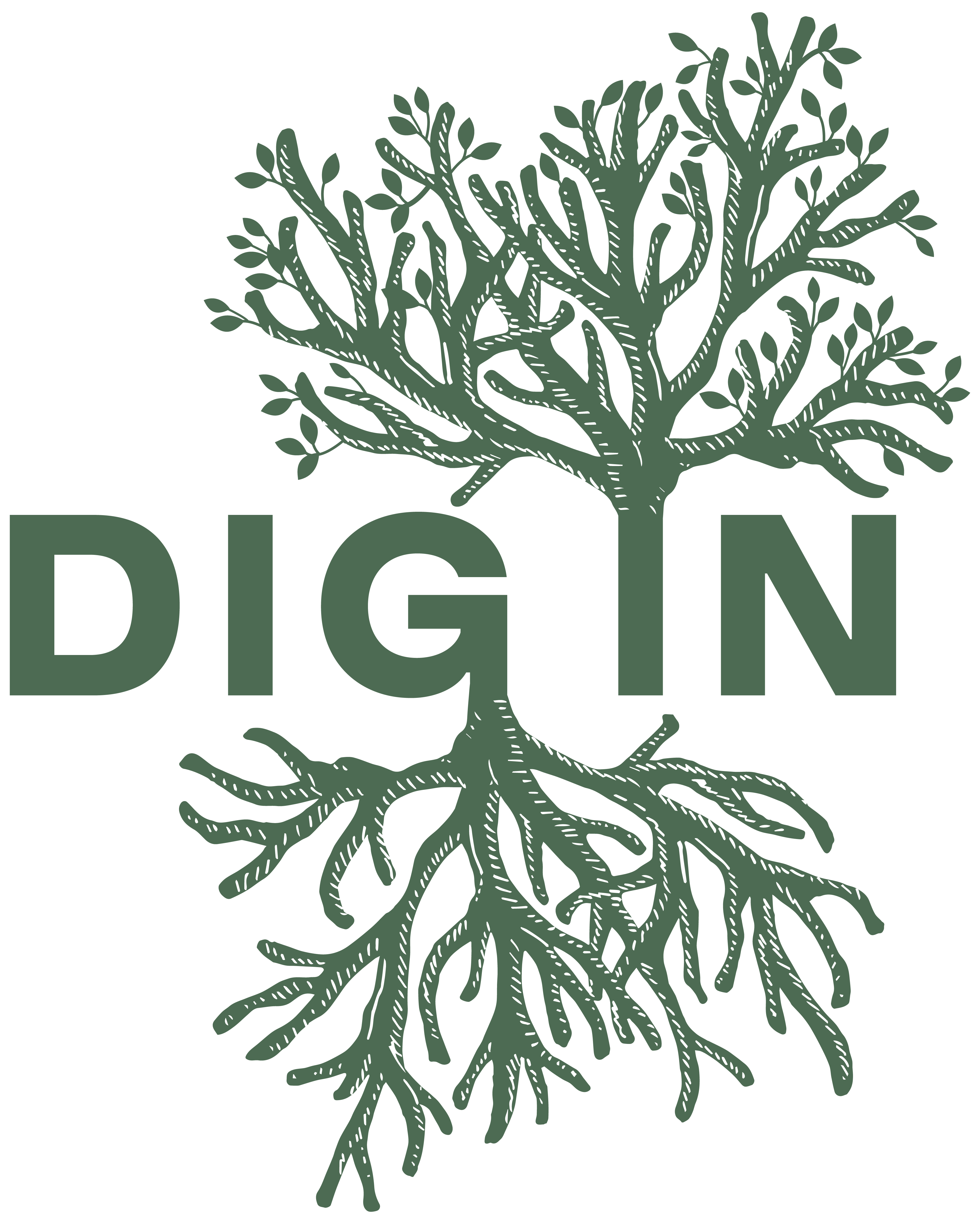How wonderful it is that nobody need wait a single momentbefore starting to improve the world.
—Anne Frank
The story of our lives and of our world is one of changing patterns.
Such changes are always happening on a variety of levels whether we are looking at shifts in nature or our own lives, in organizational transformations and community transitions, or in the growing awareness around broader patterns such as demographic trends and changes in our global climate.
Being able to understand, anticipate and adjust for changing patterns is an essential skill as we move through a world which is both unpredictable and increasingly requires that we are able to adapt to and navigate change. Einstein is often quoted on this topic, as he remarked that “the problems we face will not be solved by the same level of consciousness that created them.” If that’s the case, how might we begin to adopt different approaches to the challenges we encounter—as individuals, in communities and globally?
Changing patterns on any level asks that we begin with a level of self-awareness and reflection—either individually or in our organizations. Taking the time to understand why we do the work we do, how we communicate with others about our goals and how we work with others to accomplish these goals is critical.
Too often, we are trying to affect change—either through a new product or policy, or through attempting to influence and inspire a new perspective—without slowing down to explore how we remain in patterns that are comfortable, and which ultimately might be unproductive and limit us from creating the broader changes we seek to initiate.
Of course, changing patterns doesn’t simply rely on our own actions. We need to see ourselves in the contexts of our organizations, our communities and our culture. In adapting to and trying to inspire or amplify new patterns we need to educate ourselves and others about how organizational and cultural systems work.
I often use ecological systems as a model in my work with organizations, communities and collaboratives—and in looking at broader pattern shifts—as they offer important concepts such as complexity, diversity, resilience, emergence and sustainability to build our understanding in this arena.
But beyond a theoretical understanding and attentiveness to these issues, the practice of pattern change involves acting individually and collectively to create new patterns. This might be a different work schedule you’d like to adopt or a change in how you react to a co-worker or family member, or a new program you would like to initiate in your organization or community. In order for the pattern to change, there must be both a deep understanding of your role and responsibility in creating the shift and the awareness of other forces affecting the pattern. And sometimes, particularly in the case of personal, institutional and cultural pattern changes, the change takes a long time to occur and we must find solace in the small victories and shifts along the way—and even in the setbacks.
At the Center for Reflective Community Practice at MIT, they use an activity called Critical Moments Reflection, where they ask activists and community builders to look back on the moments where something shifted. Often, those moments are the breakdowns, the failures, the missteps—and we must be willing to see these as integral to pattern change as well.
In the work of building a more sustainable and just culture, we can’t be discouraged by those changes that seem like stumbling blocks in the present, but which might turn out to be not only essential, but truly transformative. Feel free to notice the way that something has shifted in your work or your life in recent months—or a way in which you would like the pattern to change: what helped create that movement, or what might be something you can do in order to understand and influence such a shift on a personal, organizational or community level?

